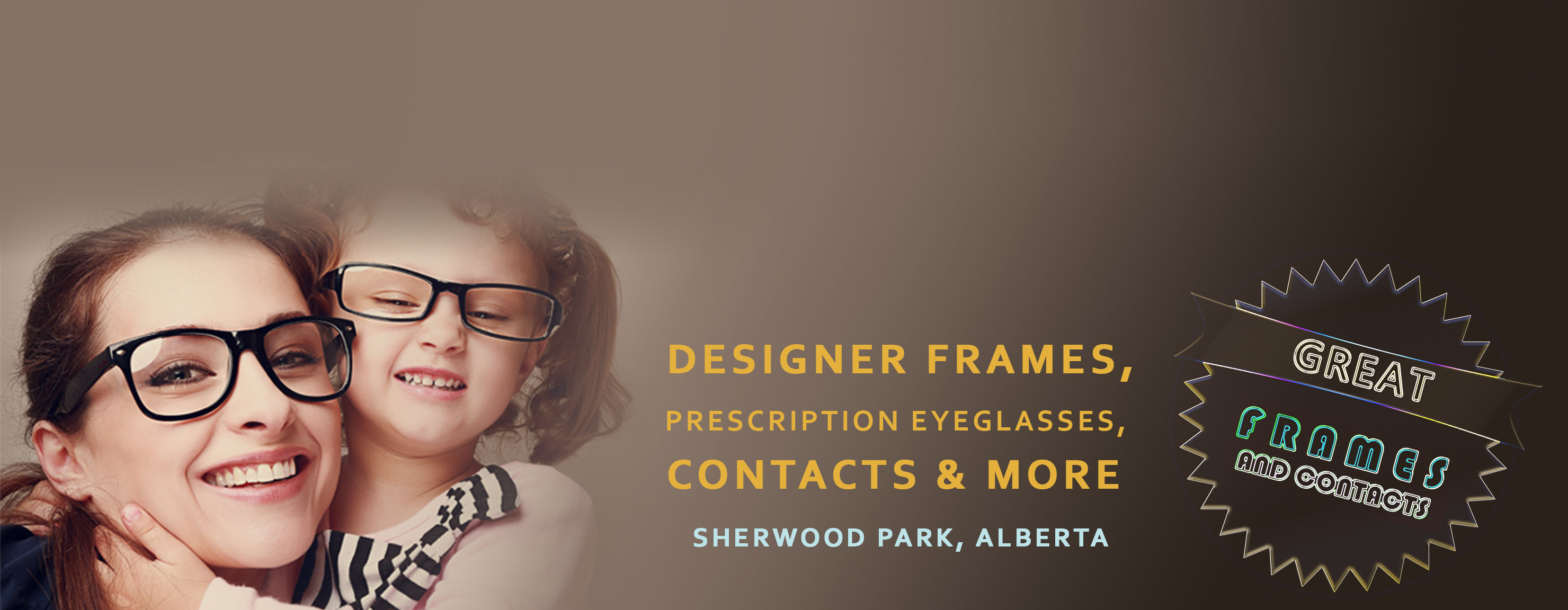Many parents don’t know the importance of sunglasses for children and don’t stress that they wear them, especially given the hassle involved in encouraging children to wear them and take care of them properly. However, studies show that since we spend so much time outdoors and in the sunshine as children that by the age of 18, our eyes and body have absorbed half of our lifetime ultraviolet radiation (UV) exposure. This makes the use of sunglasses and proper UV protection even more critical for children.
Risks to children’s eyes from overexposure to the sun can be short term and long term. Short terms risks include photokeratitis also known as “snow blindness” which is essentially a sunburn of the eye. Photokeratitis can cause temporary vision loss for up to 48 hours. Pterygium is another condition, also referred to as “surfer’s eye,” which causes an itchy, swollen growth to form on the surface of the eye. Pterygium often require surgery to remove.
Long term UV damage is known to be a risk factor for a number of eye diseases including cataracts (a clouding of the lens of the eye that causes vision loss) and age-related macular degeneration, which also causes permanent vision loss and low vision, as well as cancer of the eye, eyelid or the skin around the eye. Wearing sunglasses with wide or wrap-around lenses will protect not only your eyes, but also the area around your eyes from UV exposure and damage. Since these diseases can be caused by an accumulation of UV exposure over a lifetime, it is important to start preventative measures early, by getting children in the habit of wearing sunglasses when they are outside.
Quality sunglasses for children are easy to find these days, you just have to know what to look for. Firstly, you want to make sure that the lenses have 100% UVA and UVB protection and block UV absorption up to 400 nanometers. You also want to ensure that the frames completely cover as much of the eye and its surrounding as possible. Many frames will come with a band to help hold the sunglasses in place and prevent loss. You may also choose to buy polycarbonate or trivex lenses, as they are more durable and impact resistant which is particularly helpful for active kids.
Children that already wear eyeglasses can consider photochromic lenses (which darken in response to sunlight) which basically gives them two pairs of glasses for the price of one. With photochromic lenses, you don’t need to worry about your children switching, and misplacing glasses when they go in or outdoors.
As with any glasses purchase, ask your optician about the policy for lost or broken sunglasses. Make sure you get a strong storage case and discuss with your child the best ways to keep the sunglasses safe and secure.
Lastly, let your child be involved in the process of selecting sunglasses, as any child will be more enthusiastic about wearing shades that he or she picked out and loves.


Alternating Saturdays: 10-4 (please call)*
We are offering shopping hours on Saturdays (alternating).